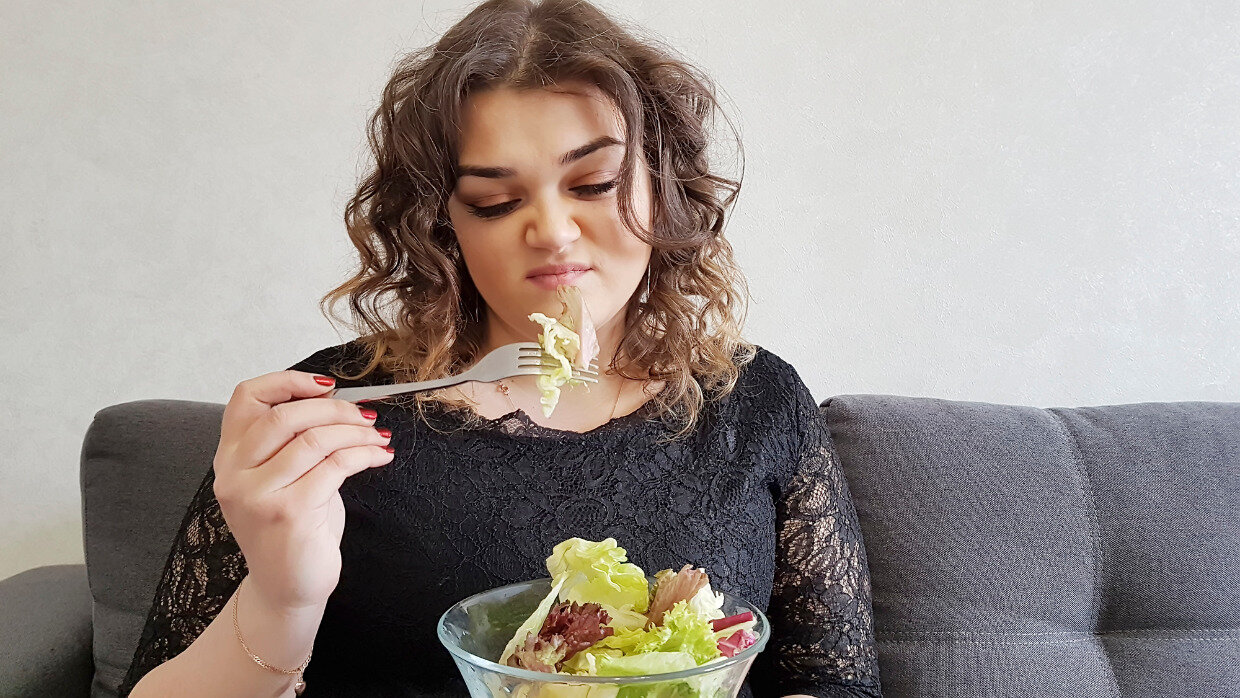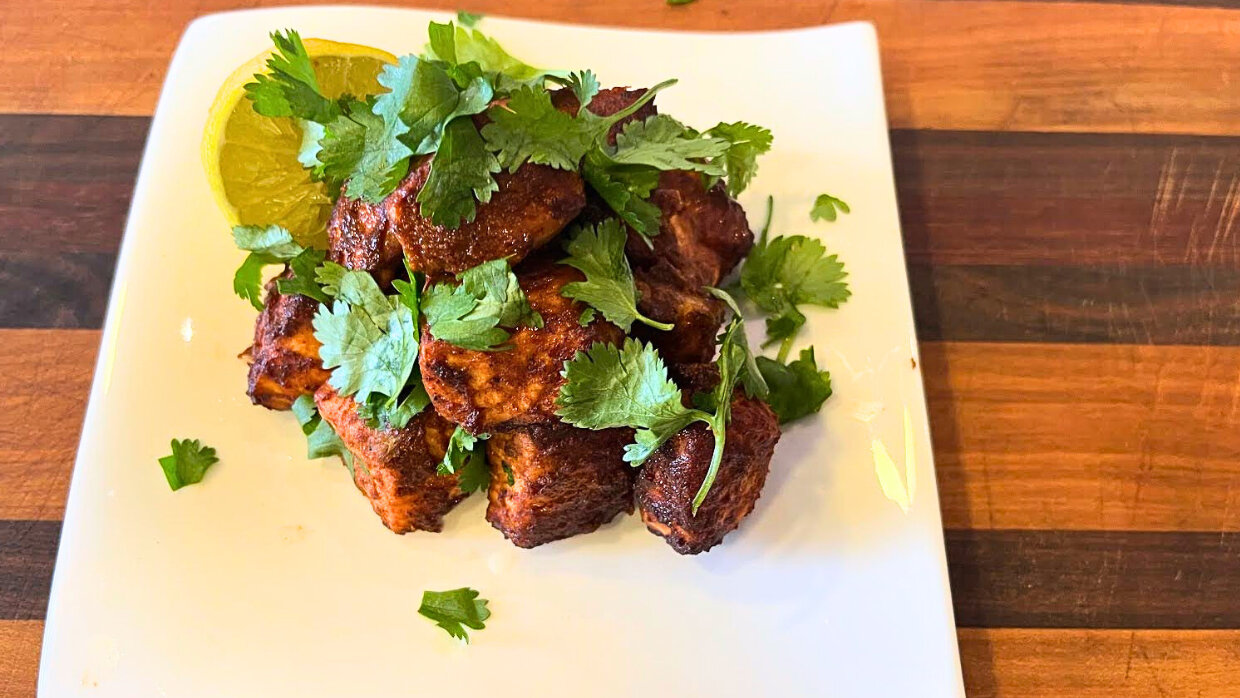What is it that makes resisting an urge for food over choosing discipline and momentary restraint so hard?
Understanding Our Food Habits
One explanation for this is that when it comes to food, our survival instincts are the strongest. This causes short circuiting of our logical mind in favor of immediate pleasure. In addition, our survival instinct is also responsible for unconsciously turning to food or other pleasurable activities to avoid the discomfort of negative feelings.
Another significant factor that contributes to our complex relationship with food is the association that forms for many between food and emotional love. Since we depend on our parents for both physical nourishment as well as emotional love and care, the forming of this association between emotional nourishment and food is very common. Nevertheless, it tends to create subtle dysfunctions in one’s relationships with food that can become accepted as normal or even as something one should learn to live with.
Looking at this dilemma from a spiritual perspective, food habits in particular seem to be a main way that people unconsciously become blocked from being able to manifest their full potential physically, emotionally, and spiritually. This is because our food choices can reflect the extent to which we are able to maintain connection to our intuitive guidance in every little choice we make.
The story of Adam and Eve eating from the forbidden fruit in Genesis chapter 3 offers deeper insights into this spiritual perspective. The story goes that Adam and Eve could eat from any fruit trees in the garden except from the fruit of one tree called “The Tree of Knowledge of Good and Evil”. After hearing this, they are enticed by the snake to eat from this forbidden tree instead of following God’s instructions. As a result, they suddenly realize they are naked and make clothes to cover themselves and then soon after are banished from the Garden.
Adam and Eve covering themselves with clothes and then being banished from the Garden symbolically represent the essence of what healing our food issues are about. Rabbi Tsadok HaCohen, a 19th century hasidic Rabbi from Lublin, Poland explains that one result of Adam and Eve eating from the forbidden fruit was the creation of people getting physical pleasure from food. In addition, he says that the eating from the “Tree of Knowledge of Good and Evil” caused the act of eating to become a behavior that’s a mixture of good and bad.1
While initially we saw reality as being completely good, after the forbidden fruit was eaten, our way of seeing reality changed into a mixture of good and bad intertwined. This meant that people would be faced with a struggle between their physical desire and their higher “soul perspective” which sees the good. When the healing of our relationship with food is approached as the opportunity to diminish the pull of our physical desires by reinfusing our ordinary consciousness with the higher consciousness we were created with, we unleash our power to truly thrive.
Key Steps for Healing
In working with many people who feel that their relationship with food is holding them back from living aligned with their higher selves in daily moments, techniques to diminish strong survival-based behaviors and re-establish regular connection with our soul have proved most effective.
We can look to some innovative teachings from Rabbi Kalonymus Kalmish Shapira (a Hasidic leader, and also known as the Piaseczno Rebbe) for guidance on how to proceed in this way. In his book Conscious Community, Rabbi Shapira writes, “When you predispose your body to the perspective of the soul, she will naturally emerge and state her point of view… the strong hold that mundane thinking has over us, the addictive quality it exerts over our habits and senses, begins to give way to an increasing capacity for subtle awareness.”2
This teaching tells us that just as we can habitually succumb to survival-based desires, we can also consciously condition ourselves so that the soul’s wisdom overrides our bodily urges. In addition, we learn from this teaching that the more we practice connecting with our soul guidance instead of succumbing to the pull of our addictive habits, the more our soul awareness increases.
Rabbi Shapira then continues to offer instruction about how to go about this training process saying, “We work to amplify and extend our consciousness so that our spiritual perception is not a fleeting spark but a sustained awareness. We want this precious sensibility to be so predominant in us that our bodily powers and senses come under its sway, so that our spirit is the most obvious force in us.”3
In other words, in order to develop a stronger connection with our soul we must start by expanding or “amplifying” our consciousness. Although I use several different techniques to help people do this, one instruction I give that is in line with Rabbi Shapira’s teaching is to take time every day to sit and observe your inner sensations as well as your mental and emotional patterns.4
Regarding expanding awareness around food habits in particular, I suggest to begin reflecting on the following questions:
- How often do I use food to avoid feeling something uncomfortable?
- How often do I use food to nourish or take care of myself emotionally?
- What is one thing I can do instead of going to food to calm or soothe myself? (Don’t say going on a shopping spree!)
- What does the physical sensation of my food urge feel like in my body?
- Can I delay reacting to the urge for even a moment to ask myself if there is something deeper that I am needing instead of food at that moment?
Self-reflection on these questions is usually just the beginning step to healing food issues. Nevertheless, the potential it holds for enabling people to find small access points to feeling more connected to their soul in the little moments of their lives is great.
As Rabbi Shapira tells us, “The soul is like a flowing source of water that has become blocked. We work to dig and find little openings and cracks. Every small access point can release a huge flow…”5
- Rabbi Shapira, Kalonymus Kalmish. Conscious Community. Translation by Andrea Cohen-Kiener. Section 3, Entry 14, p.52
- ibid Section 3, Entry 2, p.11
- ibid Section 3, Entry 11, p.39
- ibid Section 3, Entry 9, p.33
- Rabbi Tsadok HaCohen. Pri Tsadik. Beresheit. ח
















